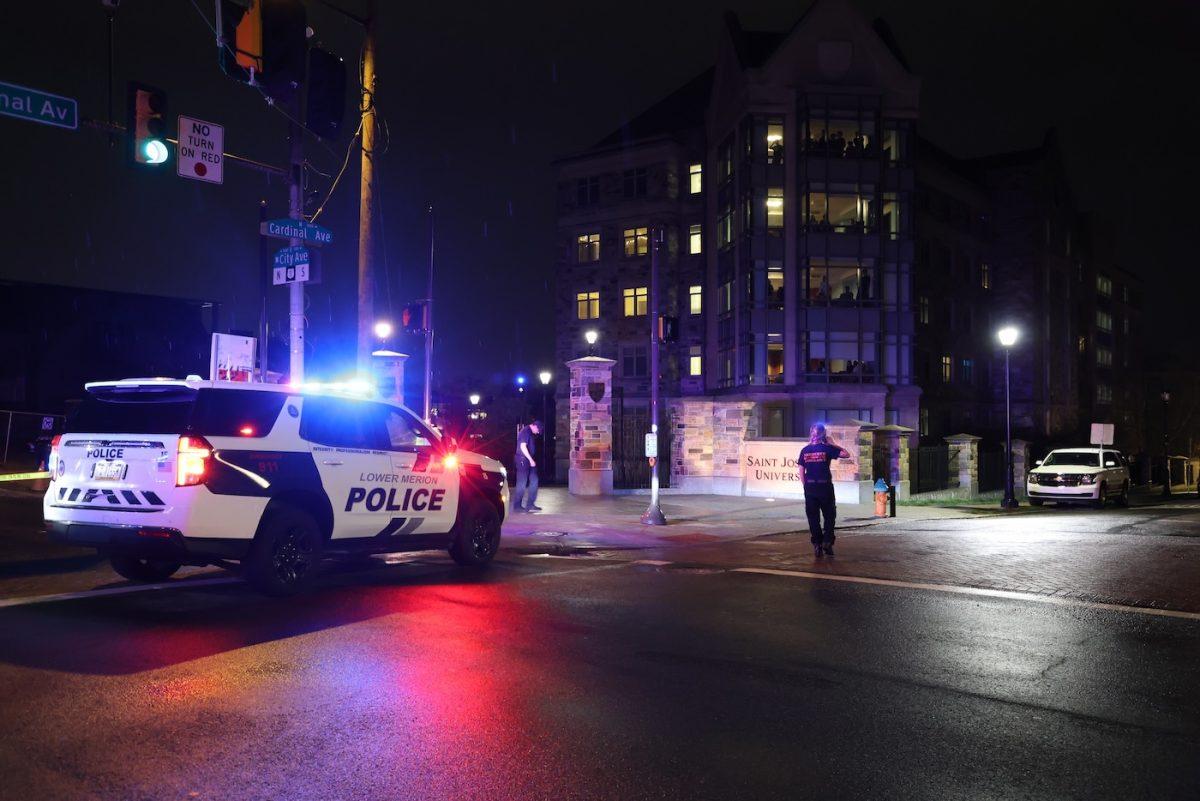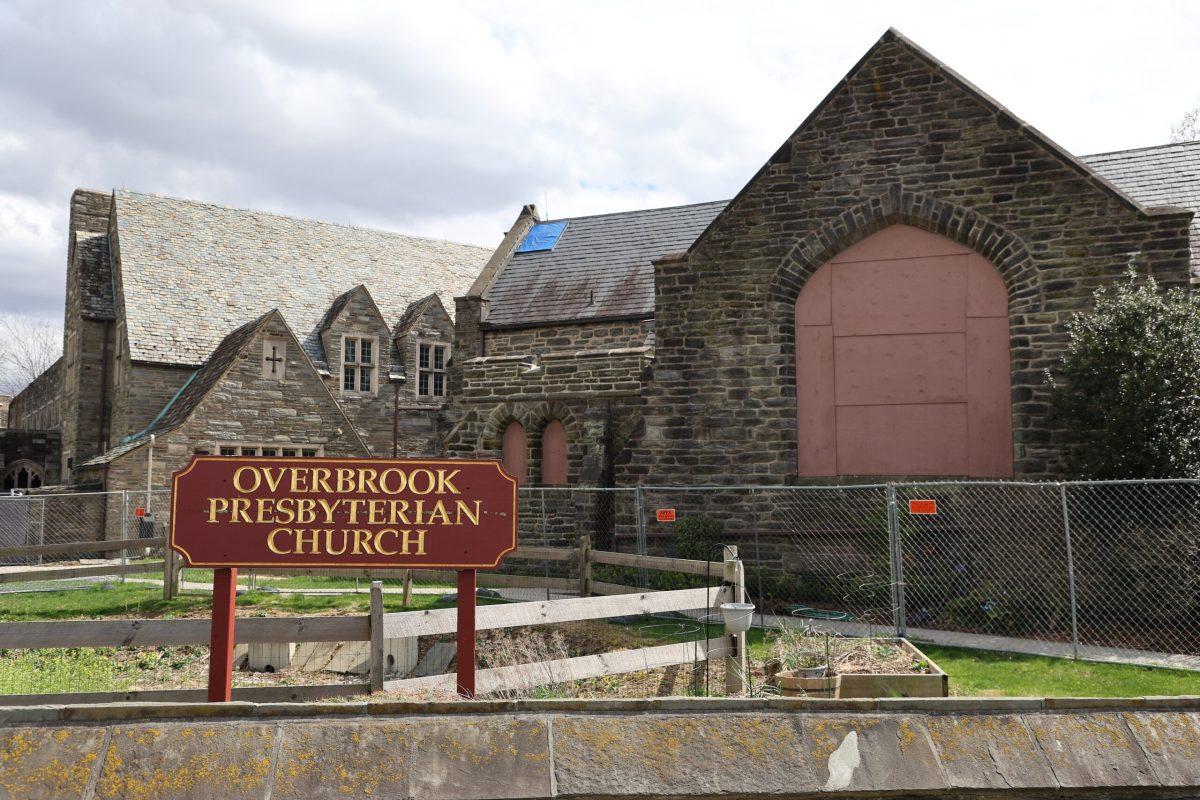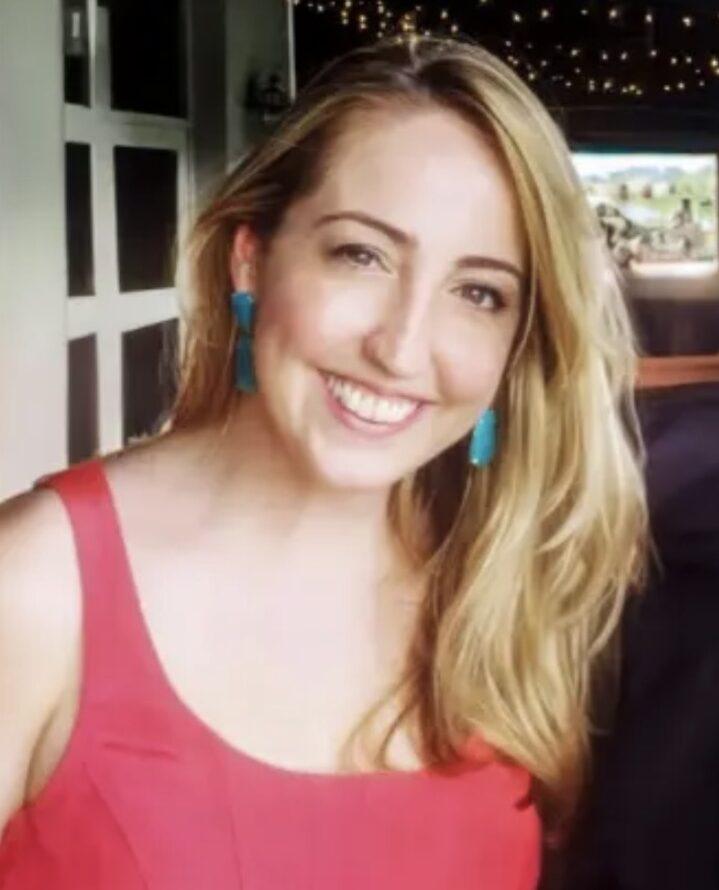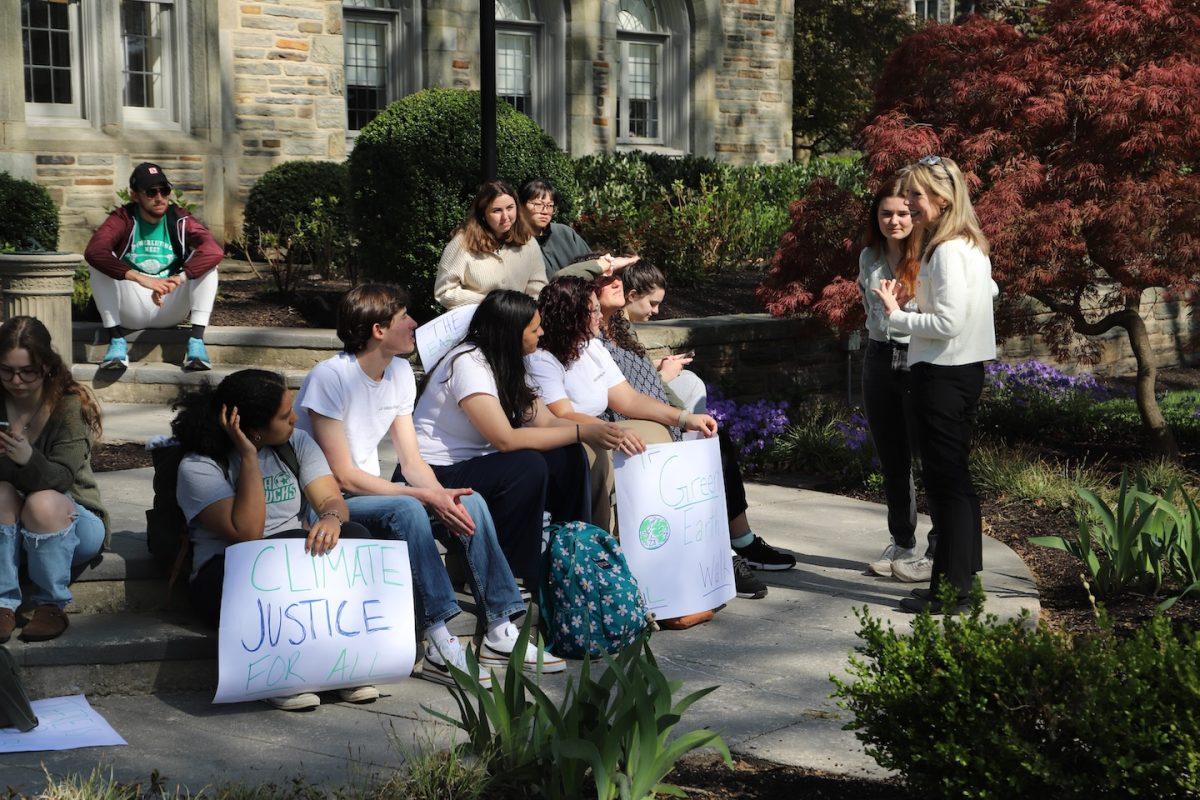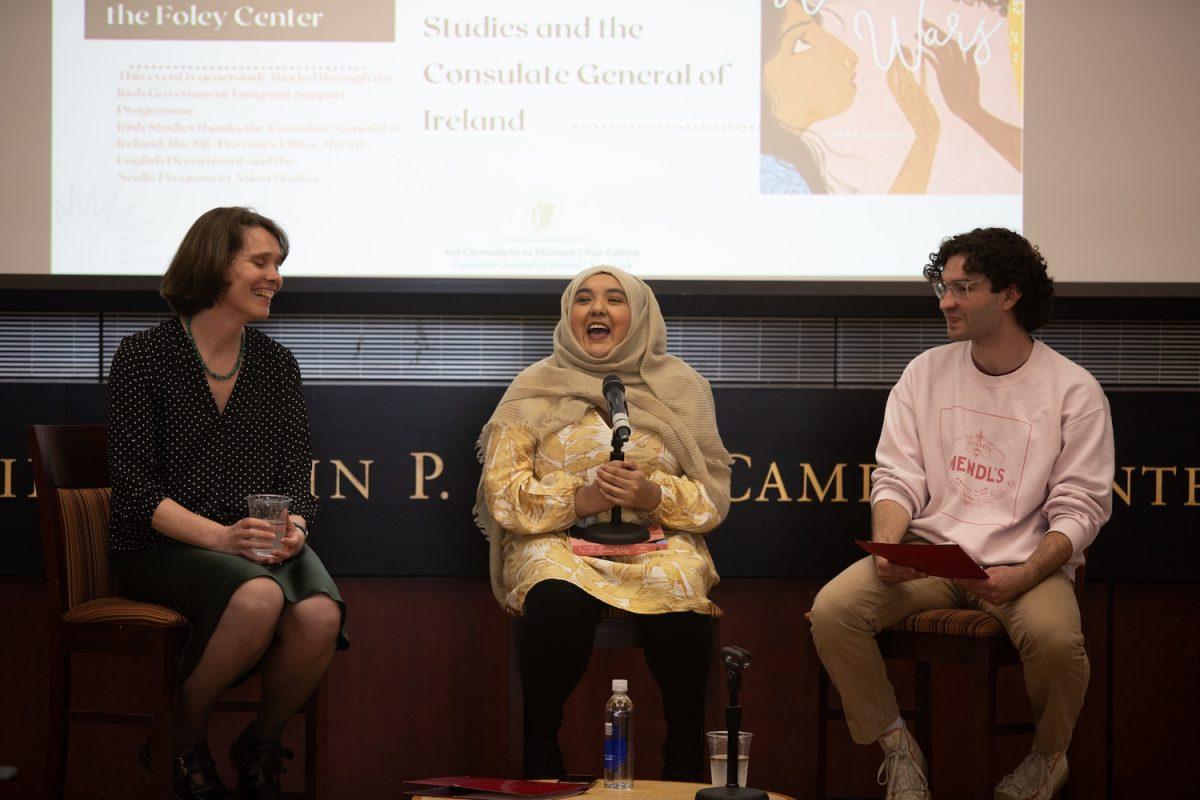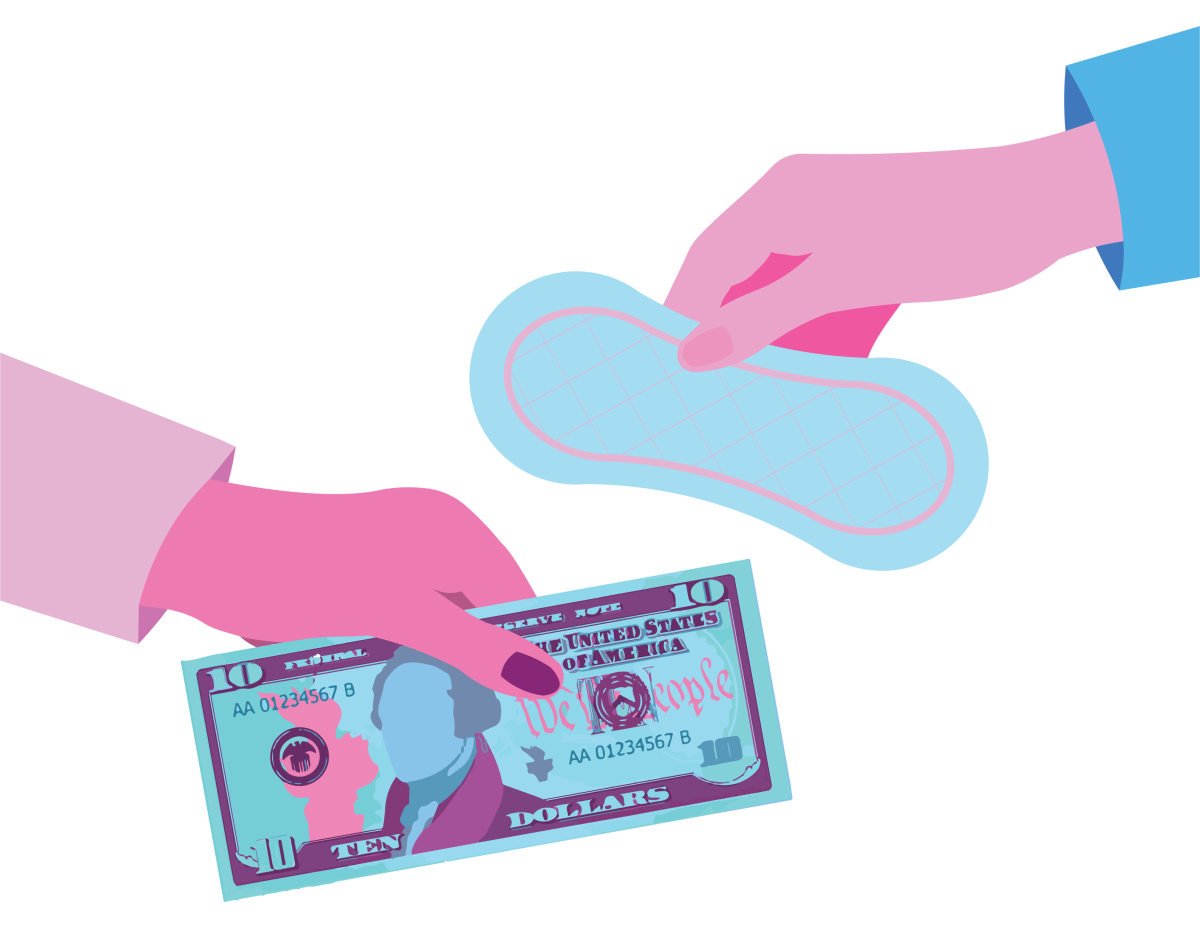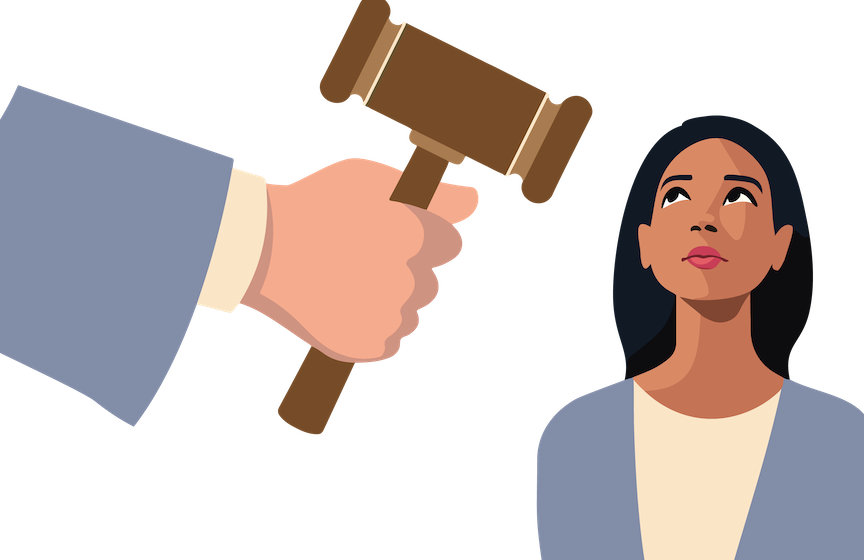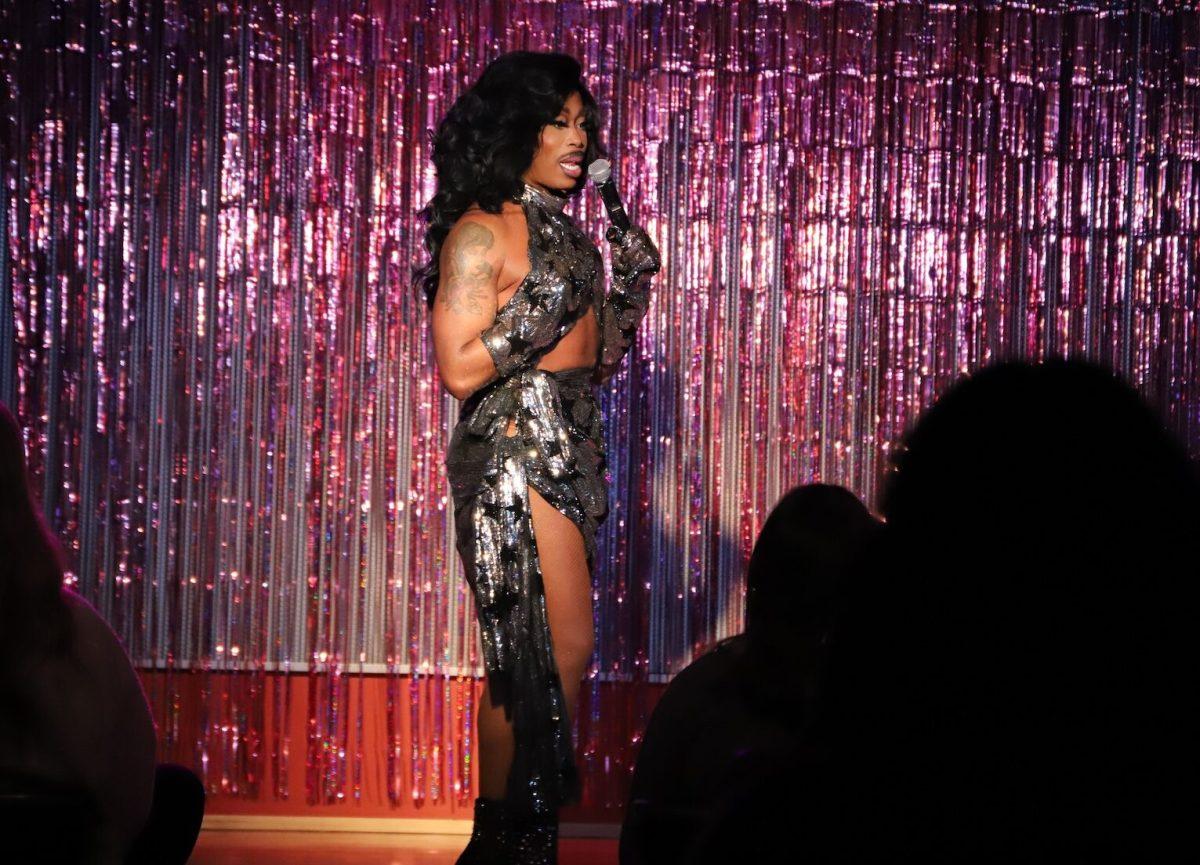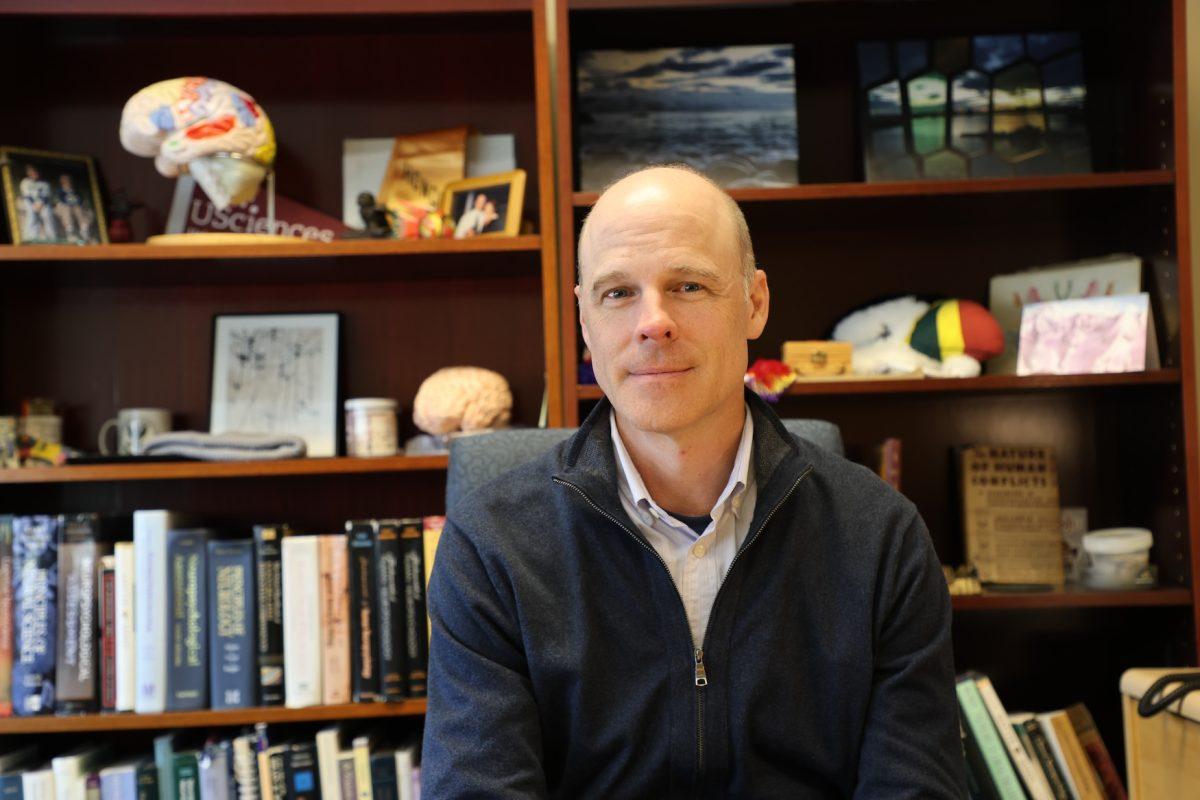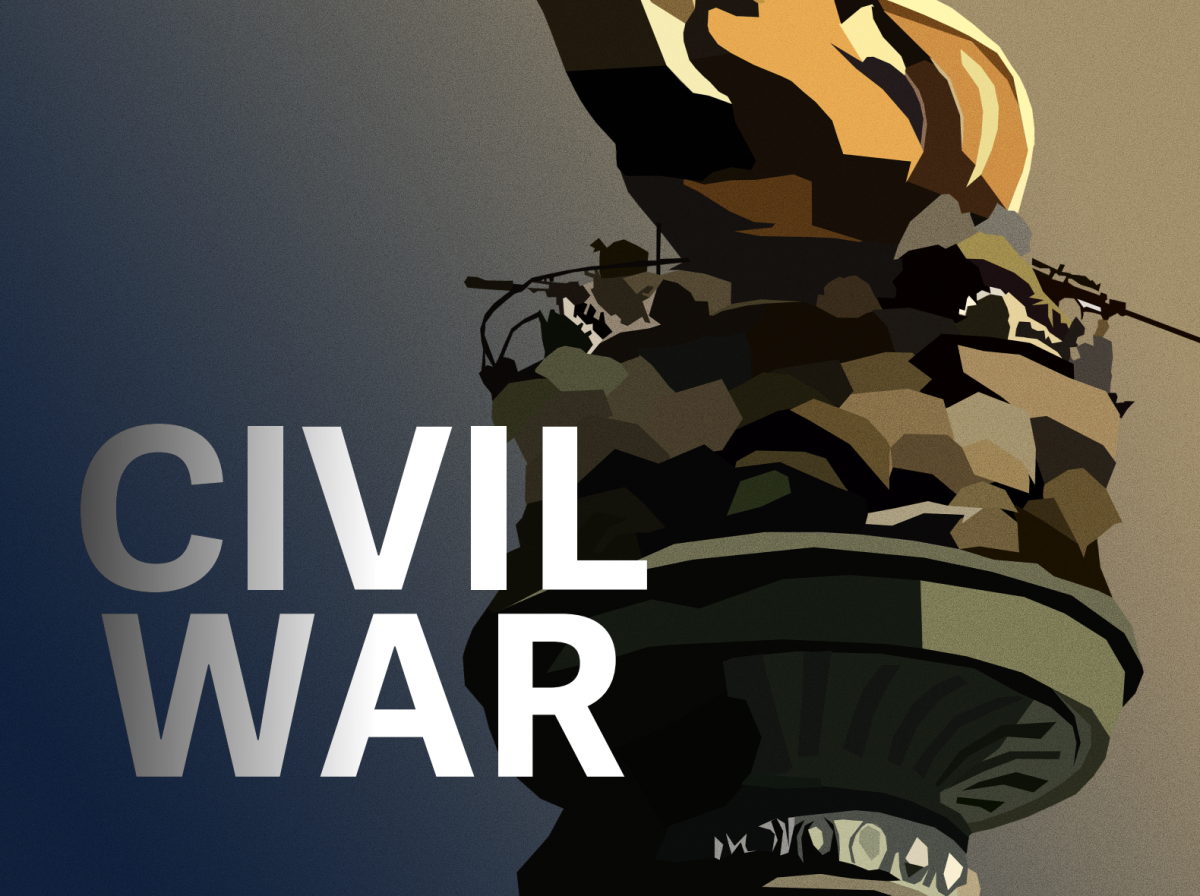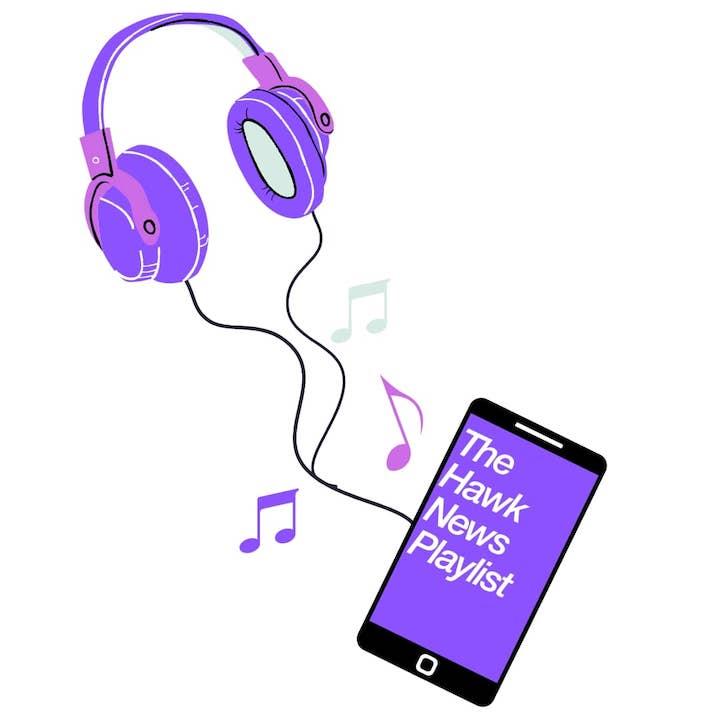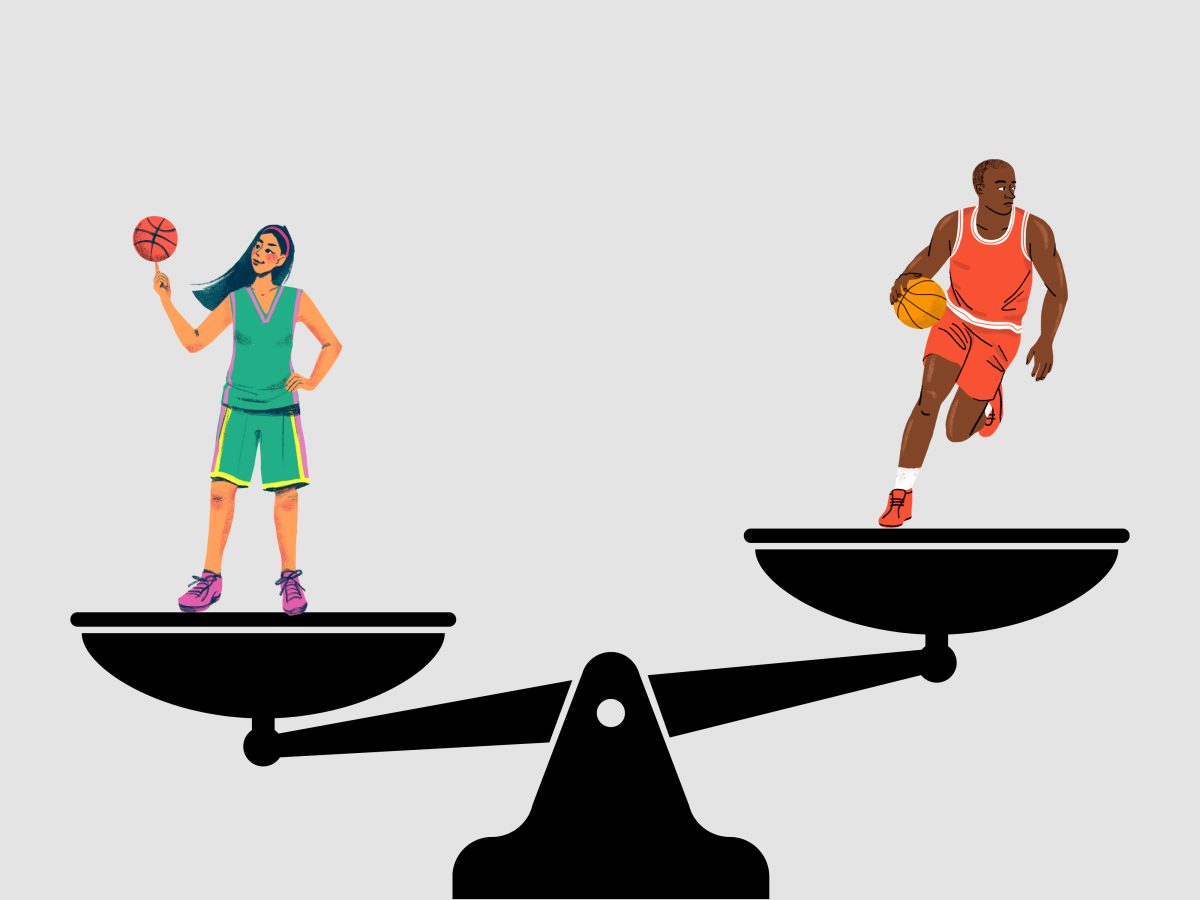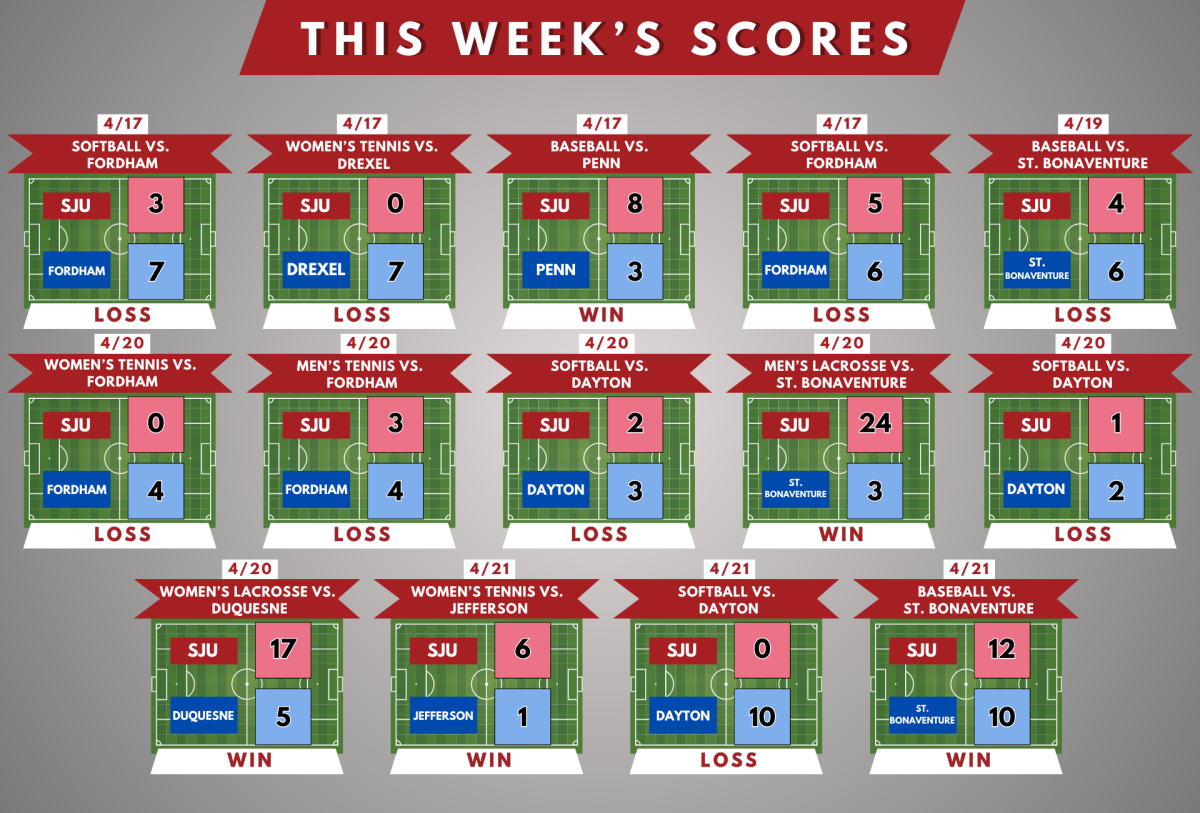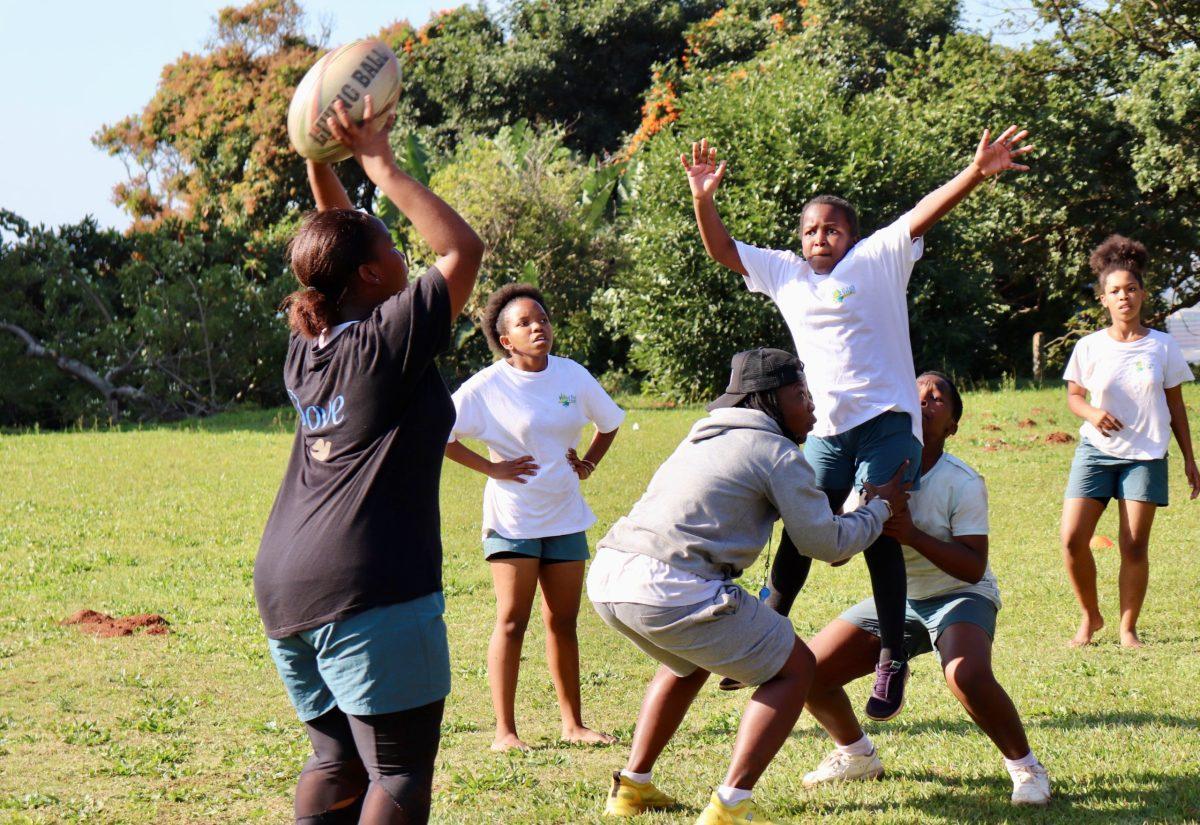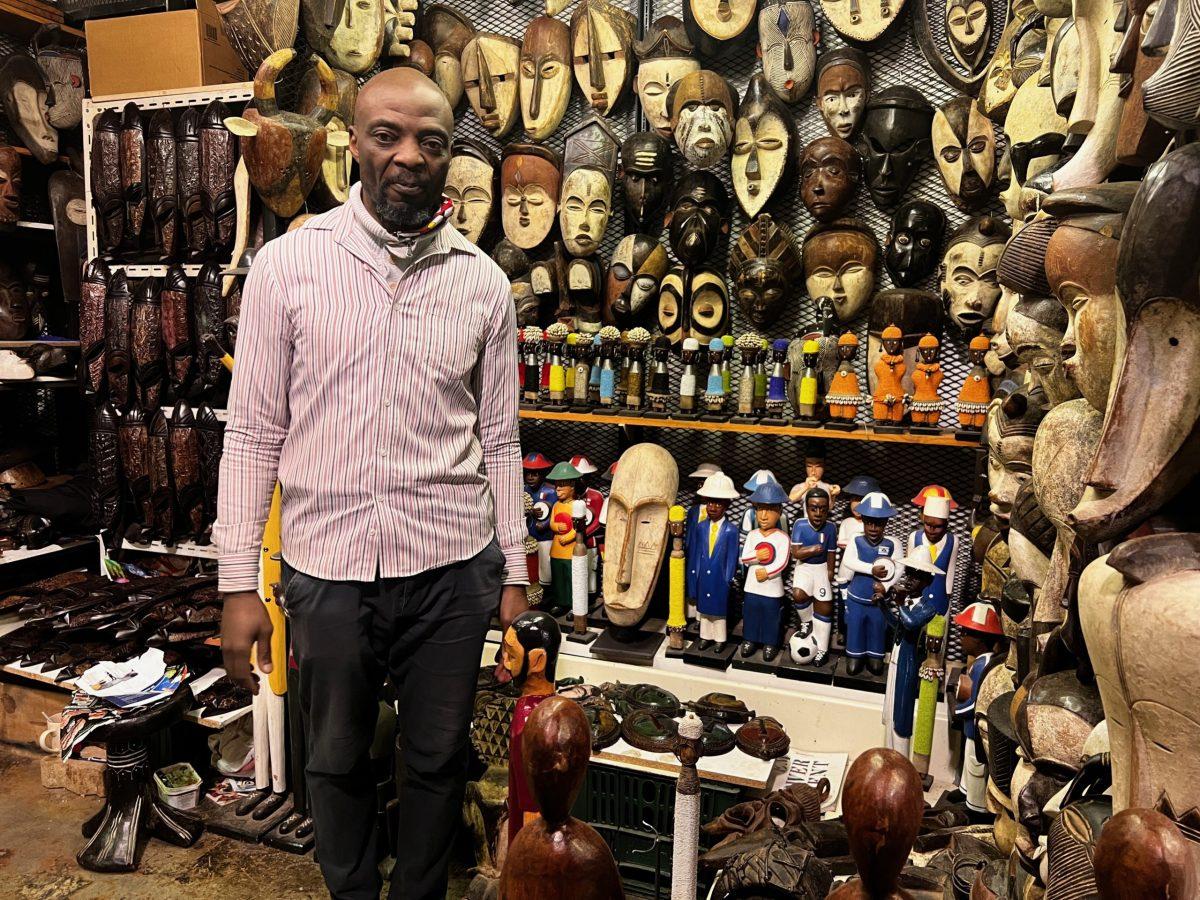When covid-19 lockdowns hit South Africa in early 2020, Zoliswa Flekisi was focused on making sure deaf students still had access to information and education.
Flekisi, who is deaf, is a facilitator at Sign Language Education and Development (SLED), a nonprofit organization with locations in Cape Town and Johannesburg that creates educational resources and provides support for deaf students and those teaching South African Sign Language (SASL) in schools.
Because deaf children are frequently born into hearing families, making sure students had access to educational resources, especially during the lockdowns, was a way to combat isolation deaf children often face, signed Flekisi, whose entire family is hearing.
“We decided that everybody else had forgotten the Deaf child, and we just couldn’t,” Flekisi signed. “So everything that we were doing over that time was focusing on making sure that they had access to something.”
Kirsty Maclons, SLED’S Deaf education programme director, said most deaf children have limited access to education in comparison to their hearing counterparts, and most have a very low reading age by the time they leave school.
“Everything we do is aimed at making sure that sign language is the top priority for the Deaf child,” Maclons said. “Because if the Deaf child has access to proper sign language, and if the Deaf child understands the rules of sign language, they can apply that knowledge to English and then they can learn to read and write on a par with a hearing child.”

Ayanda Ntukwana, a facilitator and presenter at SLED, signed that when she was growing up in school, her teacher could not sign. Instead, Ntukwana’s teacher would write sentences on the board while the students copied the sentences, which hindered their ability to learn, Ntukwana signed.
A lack of qualified teachers in South Africa to work with deaf students contributes to a cycle of inadequate education for Deaf South African students, Ntukwana signed.
“We couldn’t become qualified teachers because we didn’t leave school with a qualification that would allow us to,” Ntukwana signed. “All that’s happened is that this just got worse and worse, and the hearing have got further ahead and the Deaf are further behind.”
Ntukwana explained that while SLED has created different resources and tools for students to learn, both live or prerecorded online in addition to their in-person work, not all students have access to those resources. That was especially a challenge during lockdowns.
“What we were doing was trying to make sure that the schools that we’re working with either buy (internet) data, or we give data to the school, or things like that,” Ntukwana signed. “And that has been solving some of the problems, but that’s definitely an issue for Deaf children from poor communities.”
In addition to addressing accessibility to education, SLED utilizes different creative forms to provide resources to Deaf students.
Abram Moyaha, a manager at SLED and an artist, poet and facilitator, grew up on a farm in the Limpopo province of South Africa, drawing pictures in the sand.
Moyaha, who signed that his drawings in the sand followed in artist Gerard Sekoto’s footsteps, has been an artist throughout his life. But he began to use his passion to reflect his culture, particularly that of his Deaf culture.
“My art is obviously two dimensional and my sign language is three dimensional,” Moyaha signed. “So the two work together so beautifully, so much better than the one dimensionality of written language.”
One of Moyaha’s recent projects was creating a series of posters to convey information about covid to Deaf children who otherwise would not have access to the updating information about the virus.
“The Deaf child was being excluded. There was all this information about covid-19, and there was nothing for the Deaf,” Maclons said. “So, we launched these posters all over the country. You will see them at schools for the Deaf all over South Africa.”

Flekisi also utilizes storytelling in her work, primarily through poetry, which she initially discovered when attending a hearing school.
“I went to a hearing crèche (nursery school) because my grandmother was the teacher there. I would sit at the front and I would see these things that they would do, these sort of rhymes that they would do,” Flekisi signed. “I was always a bit behind, but I liked the kind of rhyme of what they were doing in class, like action rhymes. They were sort of like poems.”
One of Flekisi’s recent projects is a poem titled “In Praise of Sara Baartman.”
Sara Baartman was a South African woman who was sold into slavery and later taken to London, England. Colonists put Baartman on public display for profit, showing her off like an exhibit. Baartman was subject to abuse and mistreatment, and when she died, her body was cut and displayed in pieces for people to continue to view as an exhibit.
Flekisi’s project is a video of her signing the story of Sara Baartman as an information text to include as a part of sign language curriculum. Deaf students who study SASL in their last three years of school now study “In Praise of Sara Baartman” in their curriculum.
“It was really important for children in South Africa to know our history, to know where we came from, not just our Deaf history but our hearing history,” Flekisi signed.

Flekisi explained that telling stories and creating poems in SASL is important in preserving the rich linguistic and cultural heritage in South Africa. Similar to other forms of sign language and to spoken languages, SASL has dialectical variations that differ throughout the country, Flekisi signed.
Maclons added that there is a push in South Africa to standardize SASL.
“We are objecting to this very strongly because when you standardize a language, it dies,” Maclons said. “The variation of sign language adds to the richness, the specialness, of South African Sign Language.”
SASL is currently not an officially recognized language under the South African Constitution. Eleven others are: Sepedi, Sesotho, Setswana, siSwati, Tshivenda, Xitsonga, Afrikaans, English, isiNdebele, isiXhosa and isiZulu.
Although not yet official, South African President Cyril Ramaphosa’s cabinet approved for public comment this year the Constitutional Eighteenth Amendment Bill, which would add SASL to the list of constitutionally-recognized languages. This would be a step in the right direction towards preserving the language, Maclons said.

Flekisi signed she has been waiting a long time for this recognition of sign language, and this change would only be the start of lifting barriers for the Deaf community, particularly in the realm of education.
“It is vitally important that it is a 12th official language because otherwise how are we going to make changes in education? How are we going to make changes for the Deaf child if it isn’t more official than it is at the moment?” Flekisi signed. “How are we going to fight for Deaf children’s rights if they don’t have the most basic rights of all, which is access to their own language?”
Abram Moyaha, Zoliswa Flekisi and Ayanda Ntukwana signed in SASL during their interviews, which was interpreted by Kirsty Maclons.

